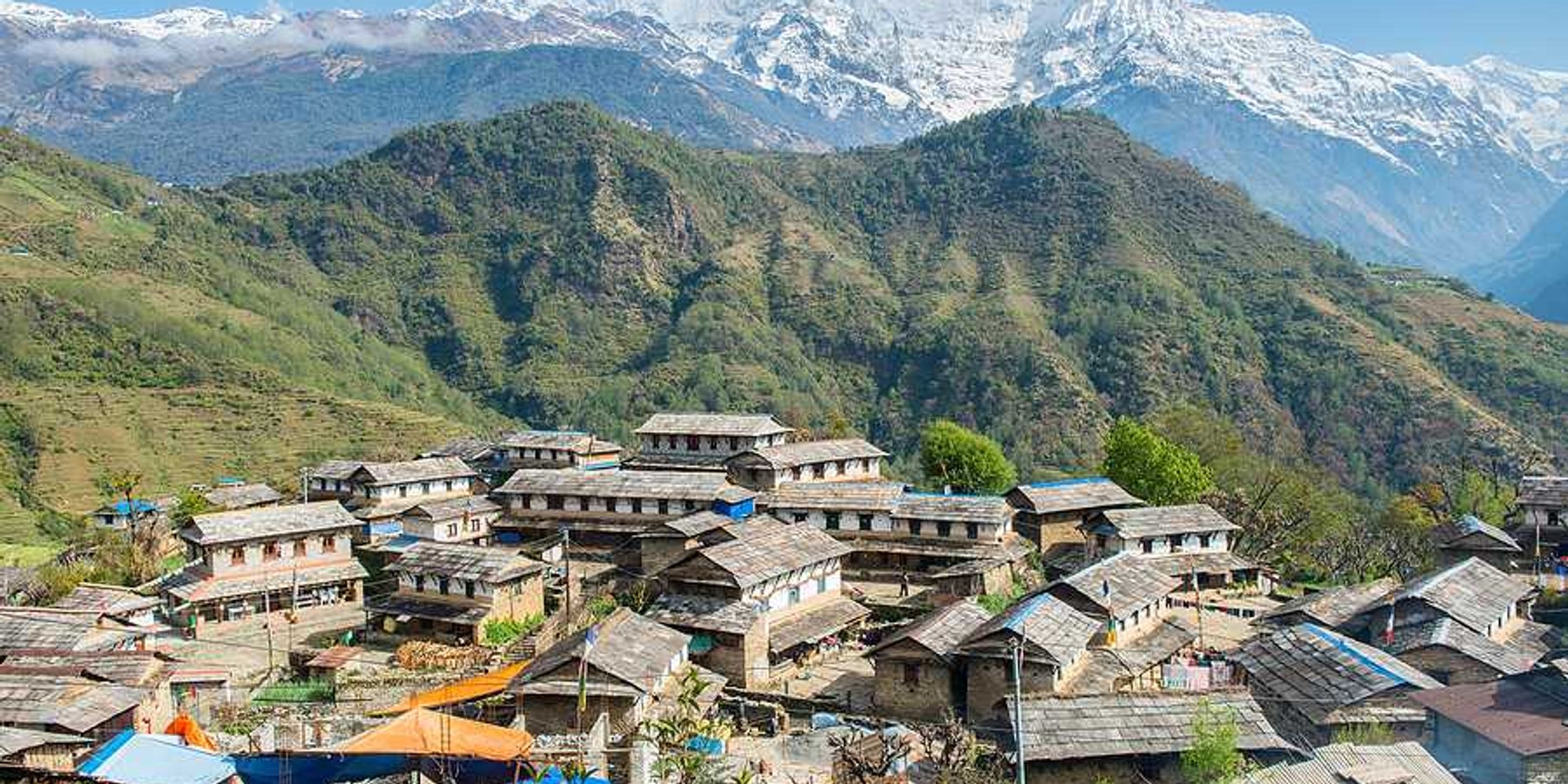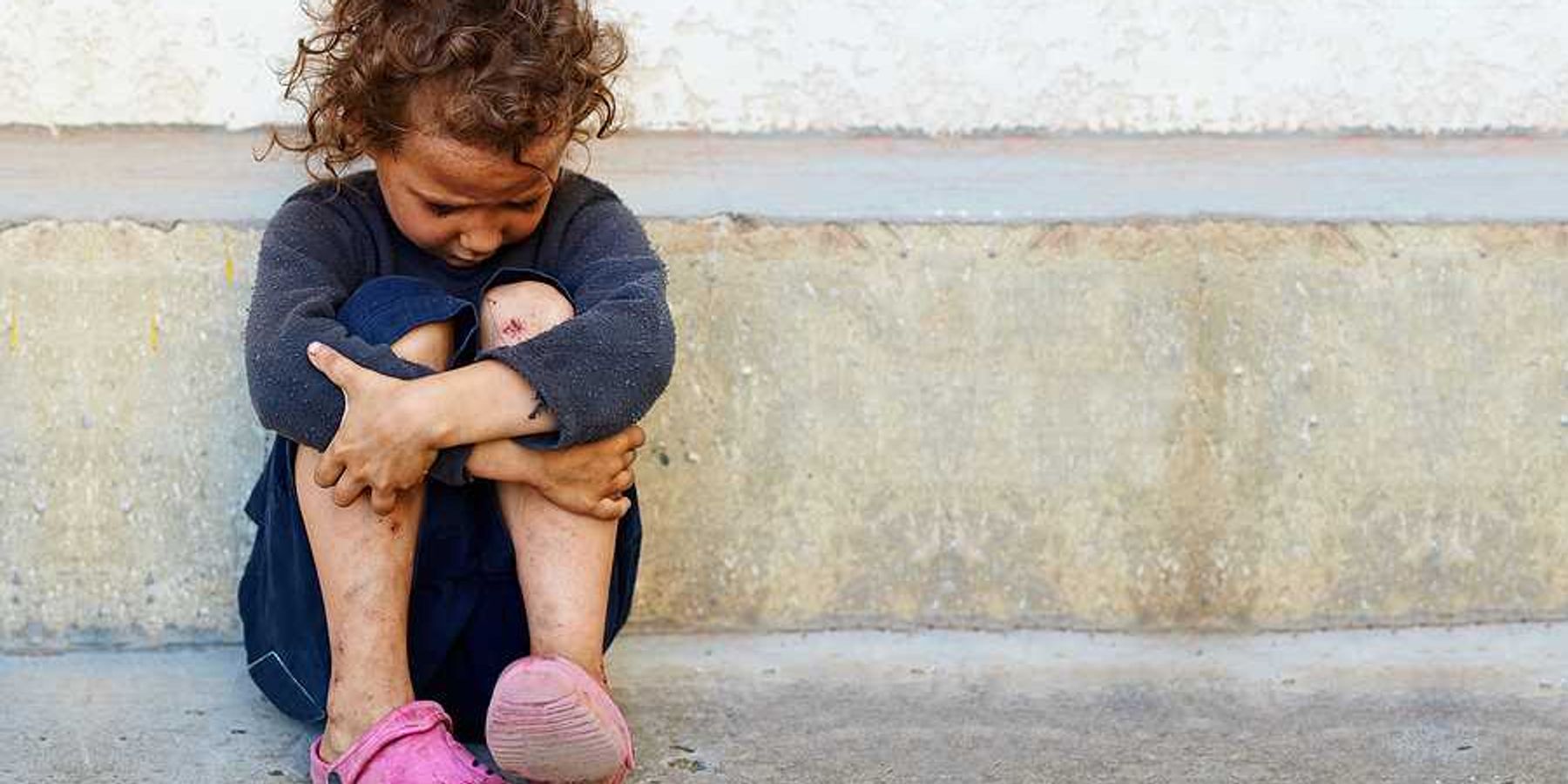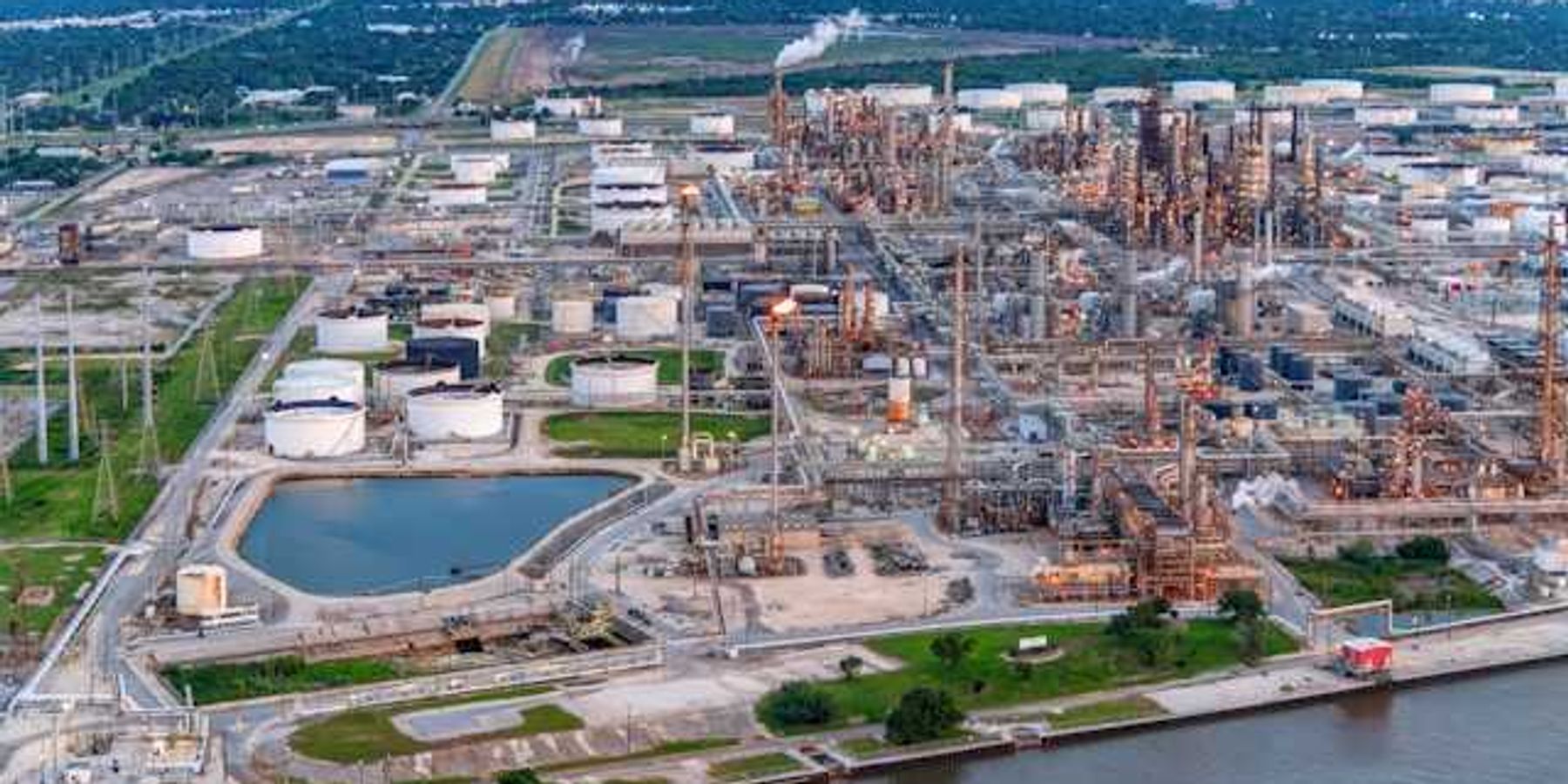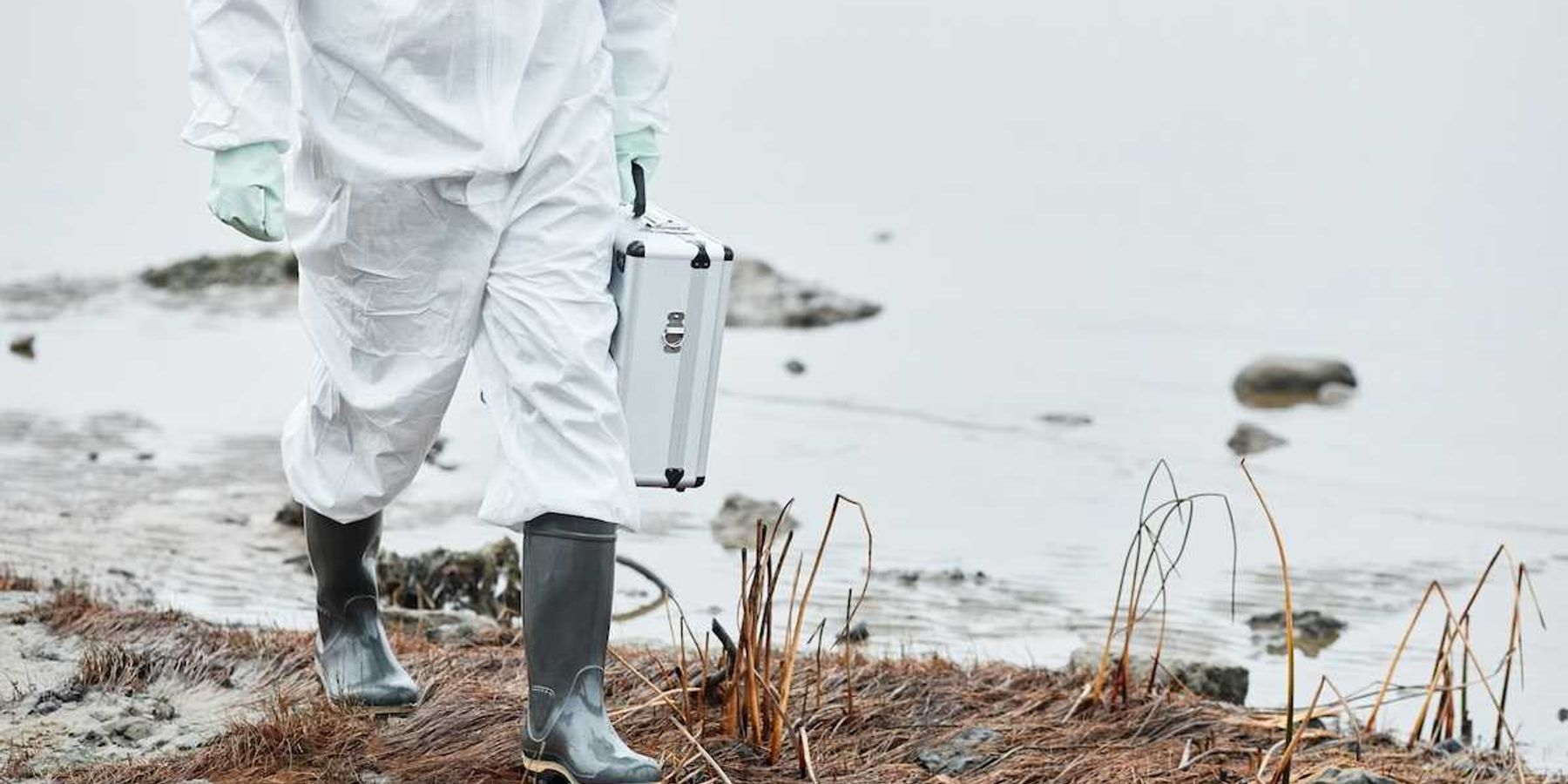China pivots toward renewable energy in global investments
China invested more in overseas wind and solar energy projects than in coal from 2022 to 2023, a first for its Belt and Road Initiative, though older coal projects are still coming online.
Katie Surma, Georgina Gustin and Nicholas Kusnetz report for Inside Climate News.
In short:
- A Boston University analysis found 68% of China’s overseas energy investments in 2022–2023 went to solar and wind, up from just 13% between 2000 and 2021.
- While new coal plant financing has stopped, earlier investments continue to result in new coal power plants coming online, which could emit as much CO₂ annually as Austria.
- China’s shift is partly driven by a need to export surplus renewable technology amid economic challenges and has included a recent $51 billion pledge to support low-carbon energy in Africa.
Key quote:
China has built “the world’s largest and fastest-growing renewable energy system as well as the largest and most complete new energy industrial chain.”
— Xi Jinping, president of China
Why this matters:
The shift in China's overseas energy financing has far-reaching implications for both global carbon emissions and the geopolitics of clean energy. While Beijing's move away from coal-backed infrastructure projects aligns with climate goals, the follow-through on existing fossil fuel investments continues to embed long-term carbon pollution in developing nations. These coal projects, built decades after wealthy nations began cutting back on such infrastructure, risk locking lower-income countries into emissions-intensive economies just as the global push to decarbonize accelerates. Environmental groups remain concerned about how this dual strategy affects vulnerable regions, especially as countries in Africa and Southeast Asia weigh economic growth against environmental health. With the U.S. government retreating from global climate cooperation under the Trump administration, China’s approach may increasingly shape which technologies and environmental practices take hold in emerging markets.
Read more: As U.S. shifts away from clean energy and deeper into fossil fuels, China plows ahead













